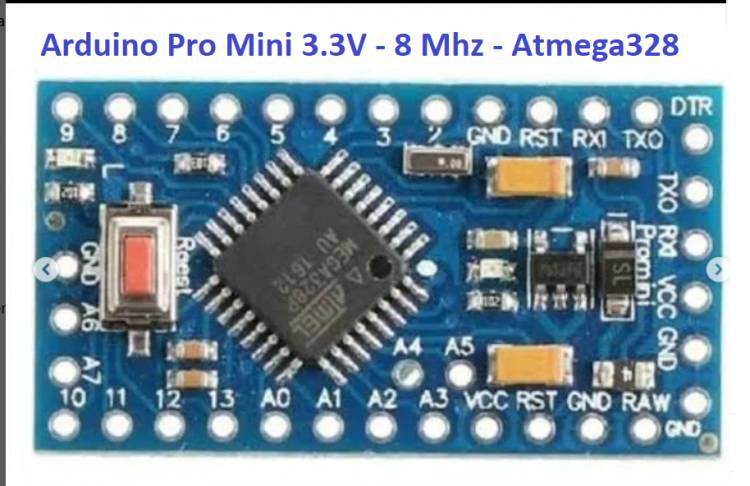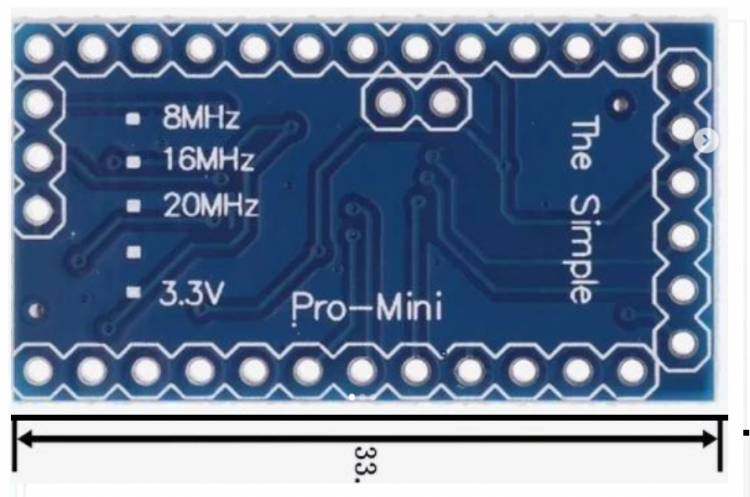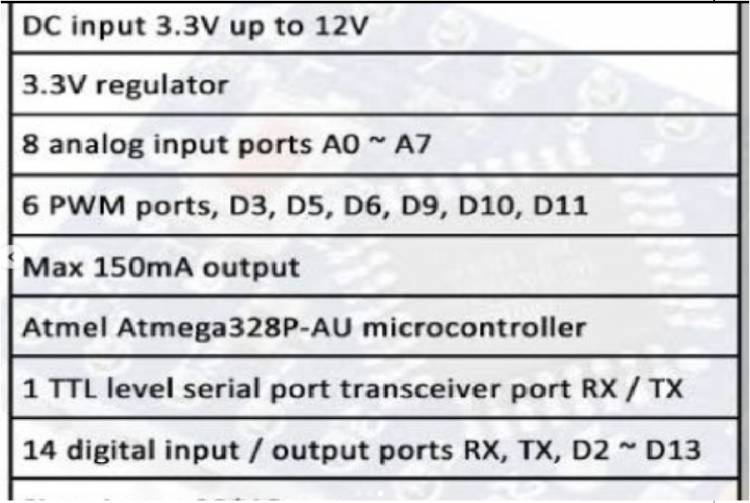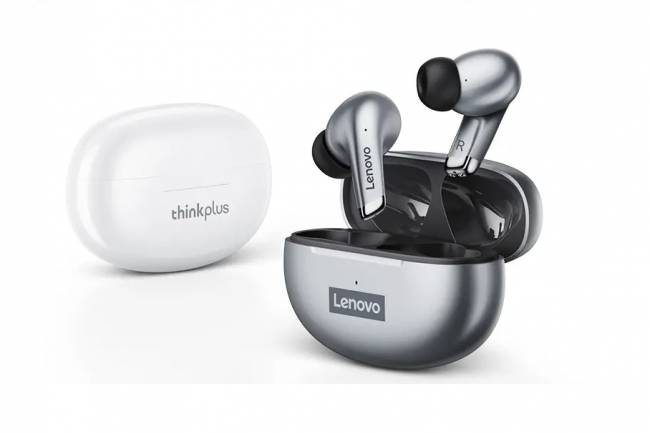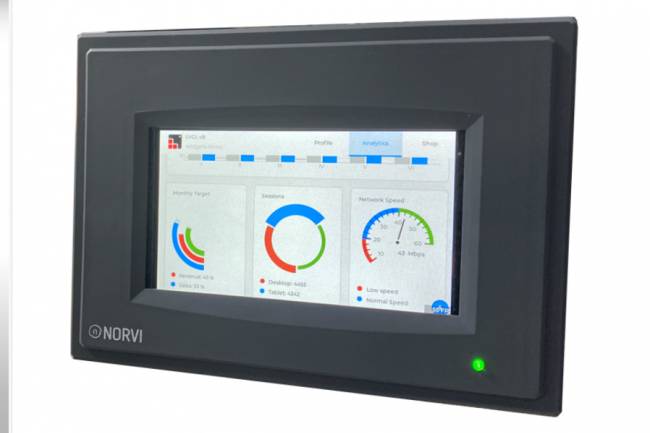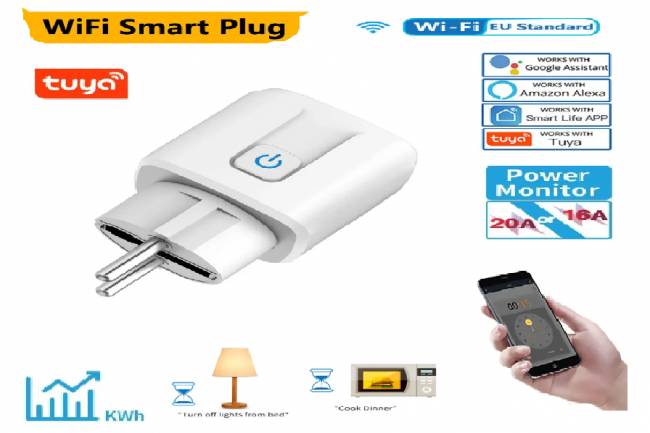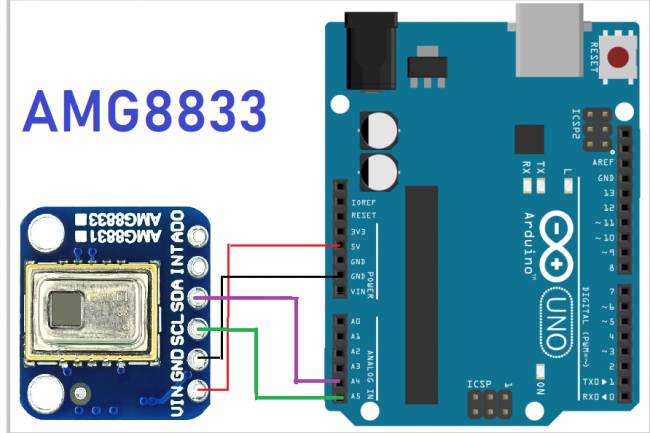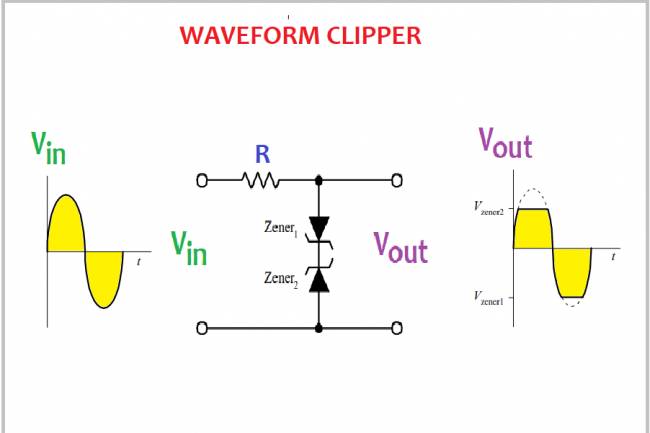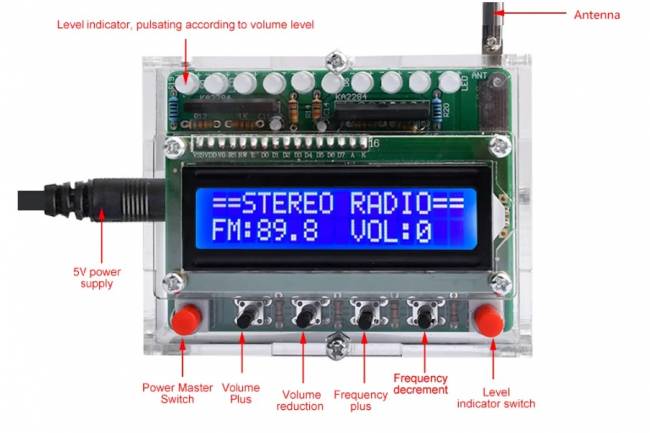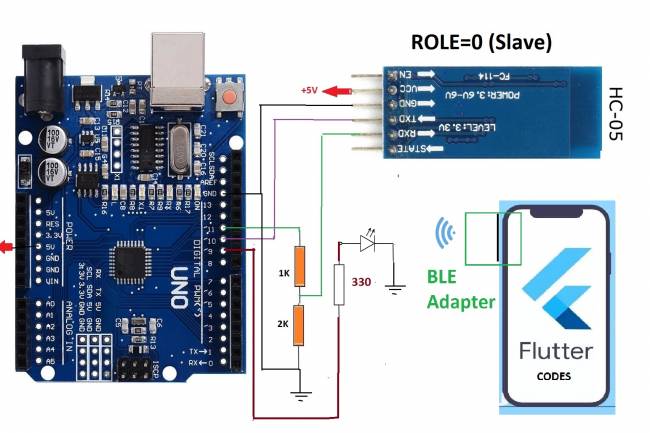Arduino Pro Mini Review
Arduino Pro Mini 3.3V - 8 MHz - Atmega328 is a specific version of Arduino Pro Mini, a microcontroller board. This board uses Atmega328 microcontroller chip and works with 3.3V logic level and 8 MHz crystal oscillator.
Arduino Pro Mini is a product of the Arduino family and can be programmed like other Arduino boards and can be used in various projects. Arduino Pro Mini has a smaller form factor and lower power consumption compared to other Arduino boards. For this reason, it is especially preferred in projects with size and power constraints.
Arduino Pro Mini works with 3.3V - 8 MHz, 3.3V logic level, which provides lower power consumption and is more compatible with components compatible with 3.3V mark level. The 8 MHz crystal oscillator determines the processing speed of the microcontroller. A lower processing speed means lower power consumption, but processor performance is correspondingly lower.
Arduino Pro Mini offers many digital and analog input/output pins used in various projects. These pins can be used to interact with external sensors or other components. It also needs the FTDI USB module for a programming interface.
To summarize, Arduino Pro Mini 3.3V - 8 MHz - Atmega328 is a microcontroller board used in Arduino based projects with its small size, low power consumption and a certain logic level.
Arduino Pro Mini 3.3V - 8 MHz - Atmega328 provides a total of 14 digital input/output pins (GPIO) and 8 analog input pins. Here is a detailed list of pins:
Digital Pins (GPIO):
D0 (RX): Used for serial data reception.
D1 (TX): Used for serial data transmission.
D2: General purpose digital input/output pin.
D3: General purpose digital input/output pin.
D4: General purpose digital input/output pin.
D5: General purpose digital input/output pin.
D6: General purpose digital input/output pin.
D7: General purpose digital input/output pin.
D8: General purpose digital input/output pin.
D9: General purpose digital input/output pin.
D10: General purpose digital input/output pin.
D11: General purpose digital input/output pin.
D12: General purpose digital input/output pin.
D13: General purpose digital input/output pin.
Analog Pins:
A0: Analog input pin.
A1: Analog input pin.
A2: Analog input pin.
A3: Analog input pin.
A4: Analog input pin. It can also be used as an I2C data link (SDA).
A5: Analog input pin. It can also be used as an I2C clock line (SCL).
A6: Analog input pin.
A7: Analog input pin.
We have reviewed the Aruino Nano card in a previous review article. Let's compare with the Nano Card:
There are several differences between Arduino Pro Mini and Arduino Nano. Here are some key differences of Arduino Pro Mini and Arduino Nano:
Size: The Arduino Pro Mini has a smaller form factor and is often preferred for more compact projects. The Arduino Nano, on the other hand, is a slightly larger board than the Pro Mini, but still quite small.
Power Consumption: Arduino Pro Mini generally works with lower power consumption. The 3.3V beacon level and 8 MHz processing speed reduce power consumption. Arduino Nano, on the other hand, works with a 5V signal level and 16 MHz processing speed, so it consumes a little more power than the Pro Mini.
USB Interface: Arduino Pro Mini does not have a direct USB port on it. Requires an external USB-TTL converter (usually FTDI-based) for programming or serial communication. The Arduino Nano, on the other hand, is equipped with a micro USB port, so it can be programmed directly over USB and communicate with serial.
Pin Layout: Arduino Pro Mini's pin layout is slightly different as it has header pins. The Arduino Nano typically comes with a female header and can be easily plugged into a prototype circuit board.
In addition to these key differences, Arduino Pro Mini and Arduino Nano use the same Atmega328 microcontroller chip and can be programmed on the same Arduino IDE (Integrated Development Environment). Both cards can generally be used in projects similarly, but factors such as size, power consumption, and USB interface can affect the choice based on your project's needs.
